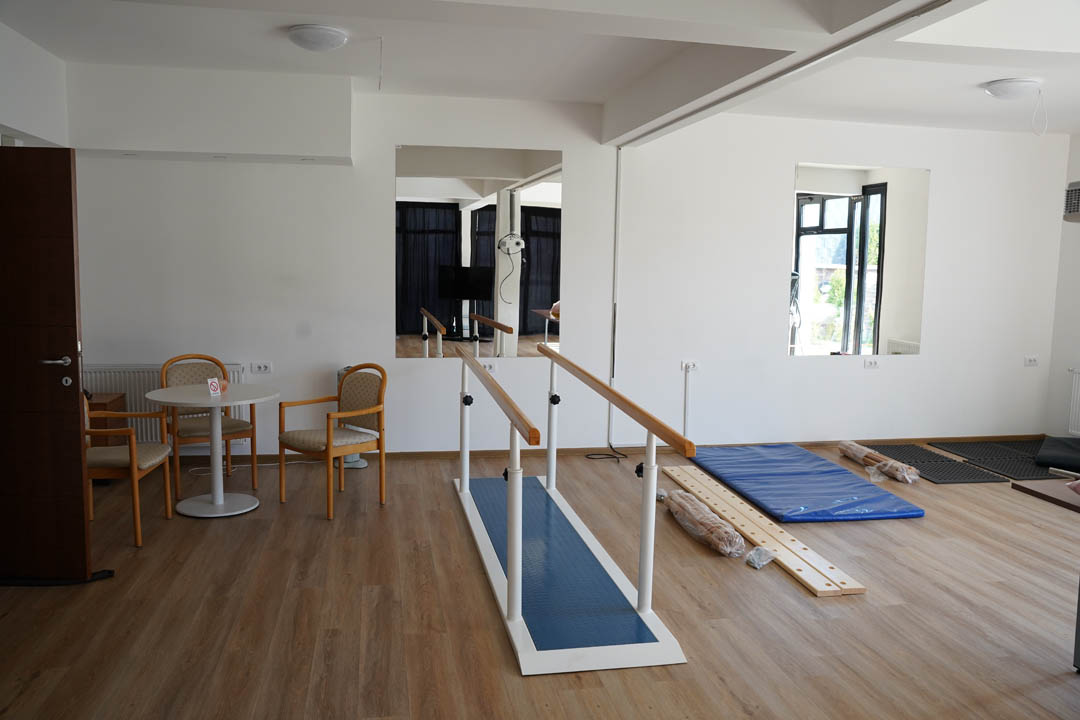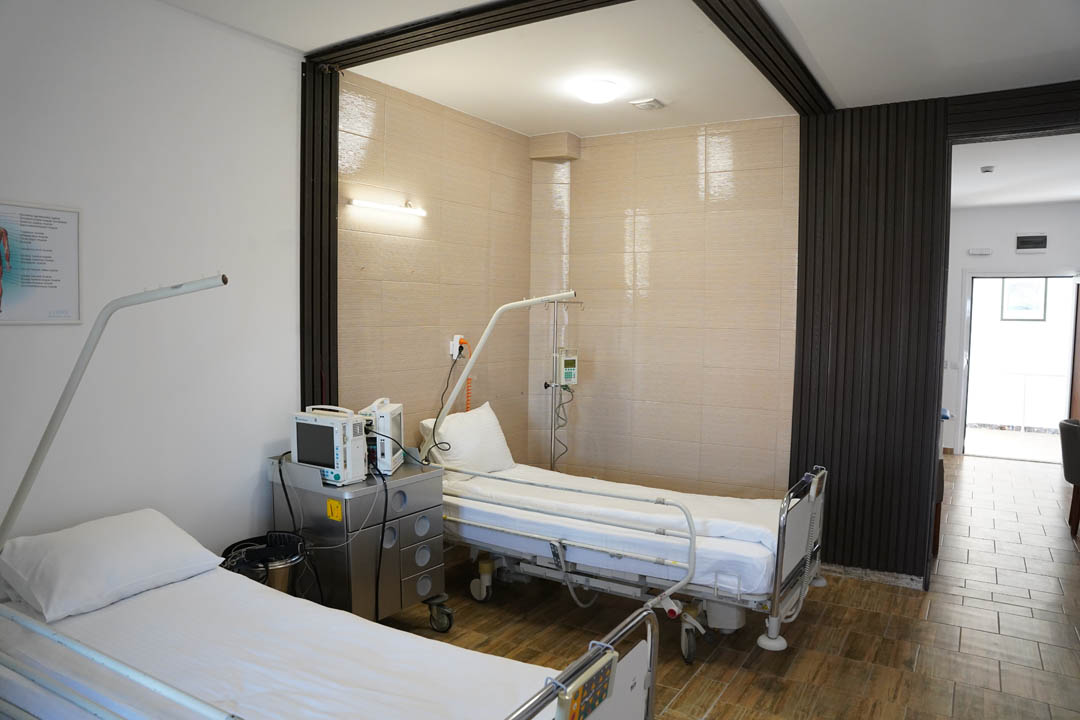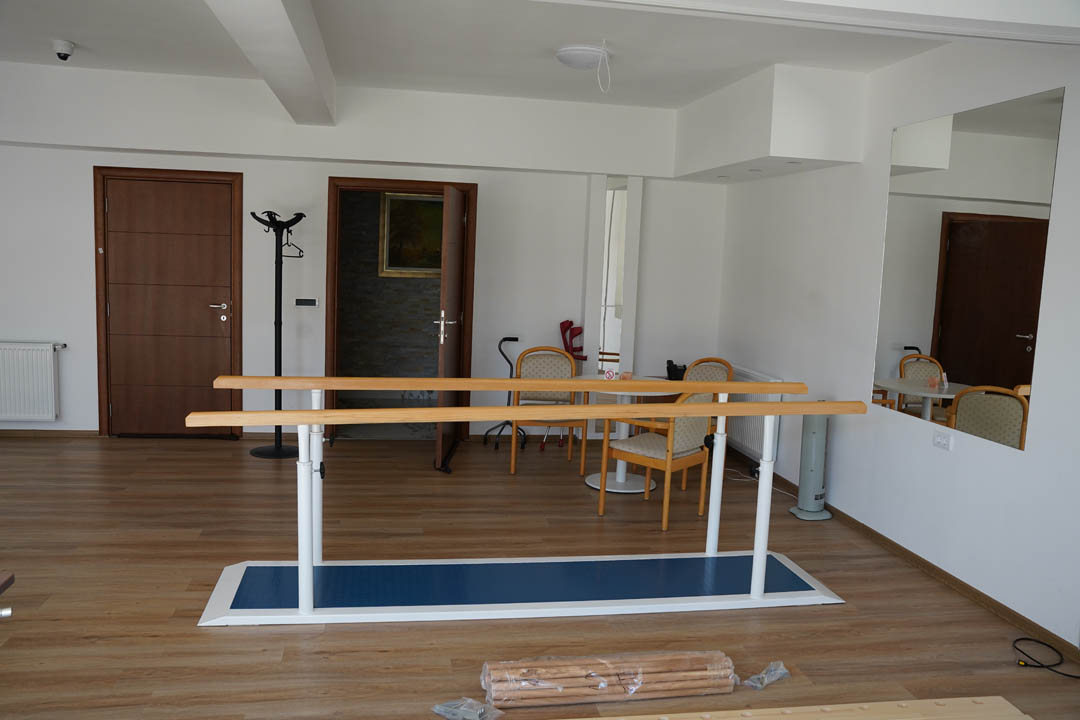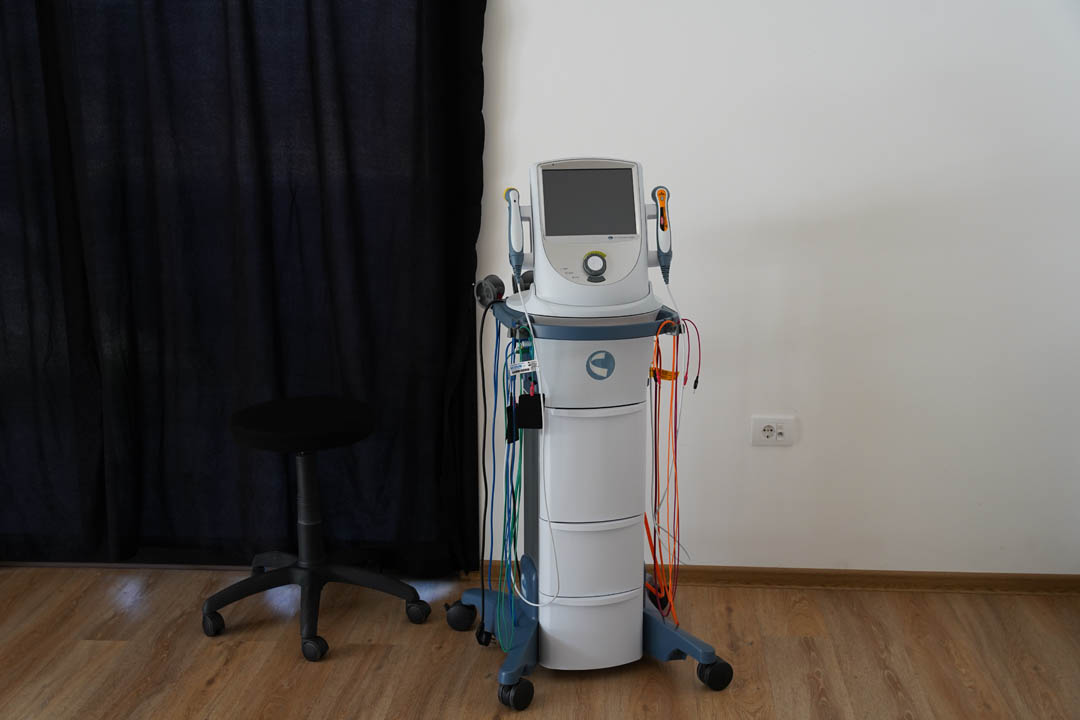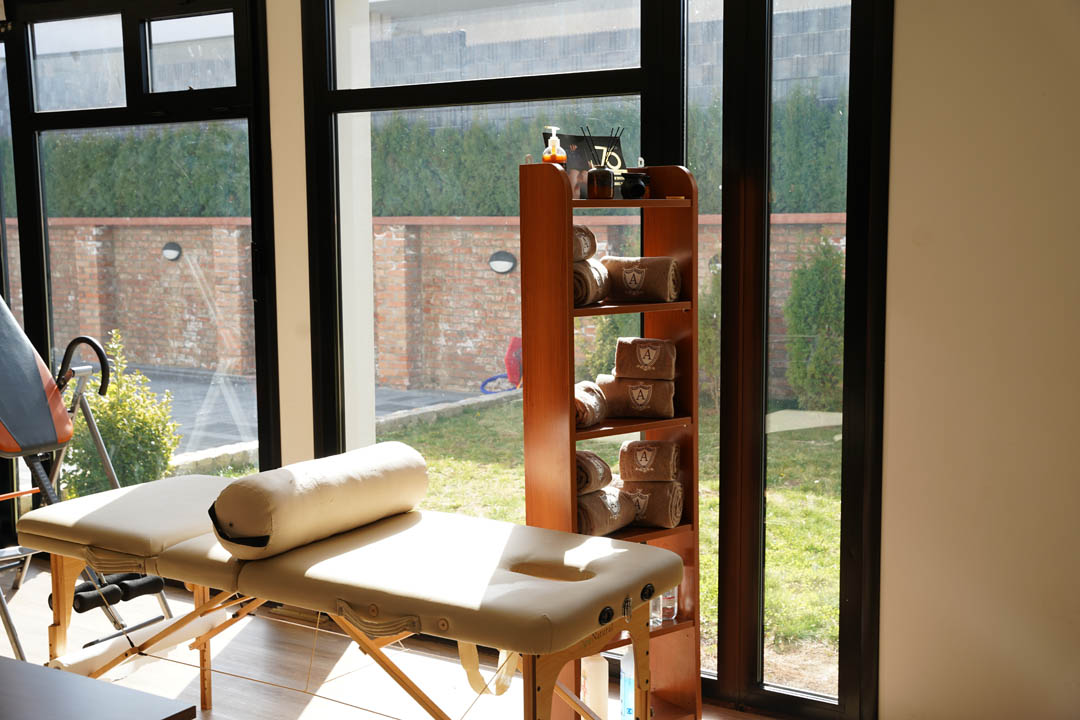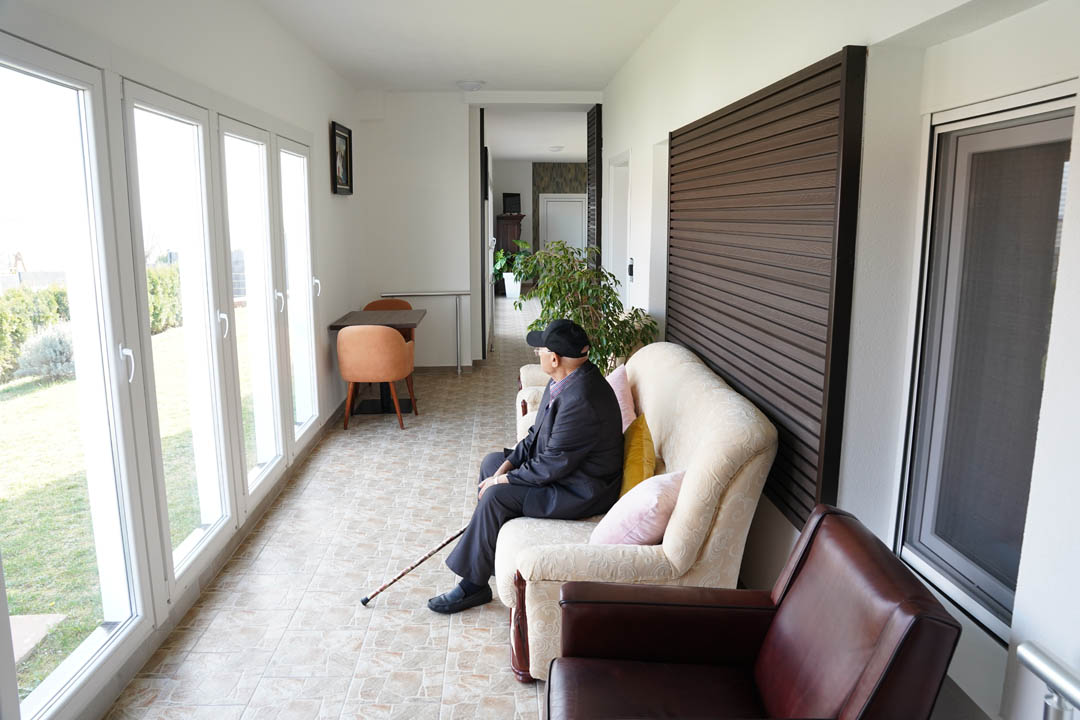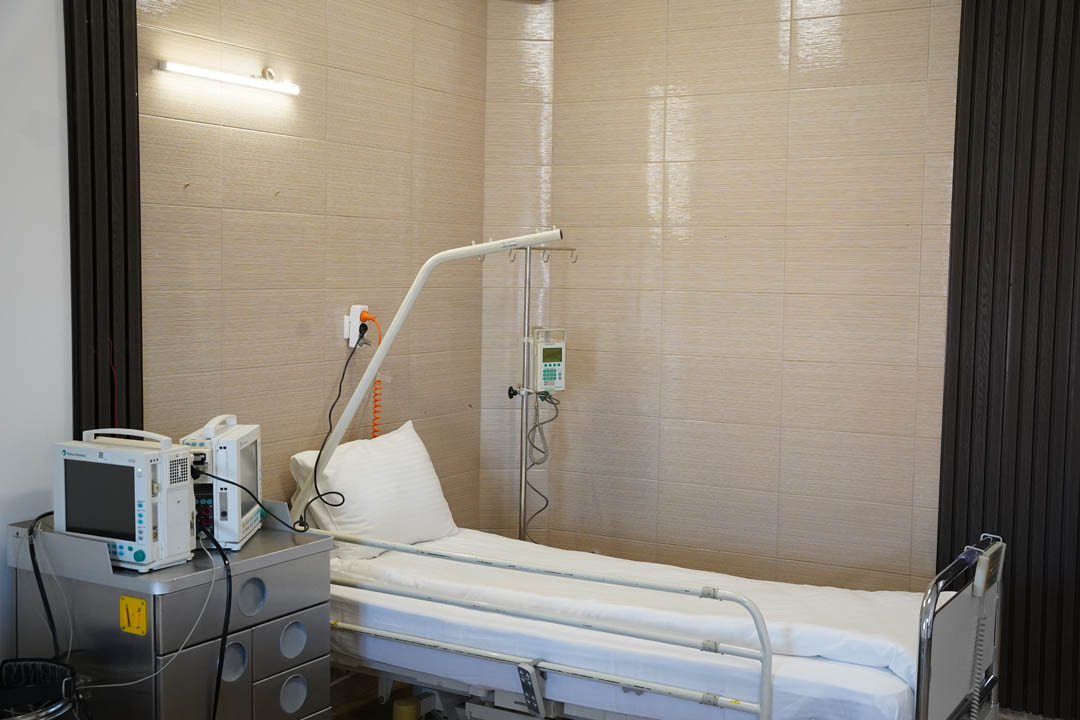Who is hydrotherapy recommended for?
Hydrotherapy is intended for anyone who wants to move with less pain, without strain, and with greater confidence.
It is most often chosen by individuals seeking a gentle yet effective start to rehabilitation, as well as those with limitations in dry-land movement.
This therapy can be helpful for:
- Individuals experiencing physical therapy for the first time who may fear movement.
- Older adults who want to maintain mobility with minimal risk.
- People in postoperative or post-traumatic recovery who cannot immediately perform exercises out of water.
- Users with a lower pain threshold looking for a gentler form of therapy.
- Anyone aiming to improve balance, coordination, and bodily confidence through water-based movement.
Thanks to its flexibility and adaptability, hydrotherapy is also successfully used as a preventive measure for people with reduced physical activity or an increased risk of injury.
Side effects of hydrotherapy
Hydrotherapy is considered one of the safest methods in physical therapy, being non-invasive and adapted to the individual capabilities of each user. Nevertheless, as with any therapy, there may be mild, temporary reactions that do not require therapy cessation.
In certain cases, patients may feel tiredness after initial treatments, mild dizziness upon exiting the water, or short-term redness of the skin in areas exposed to heat. These reactions typically subside quickly and are part of the body’s normal therapeutic response.
Hydrotherapy is not recommended for individuals with:
- Severe heart conditions
- Acute inflammatory conditions
- High body temperature
- Active skin infections
- Open wounds
- Malignant diseases
Therefore, therapy is always conducted following an assessment by professional staff to ensure it is completely safe and effective. When properly applied and supervised, hydrotherapy provides numerous benefits without significant risks, making it a reliable recovery method.
Patient experiences with hydrotherapy
Based on previous practice, patients involved in hydrotherapy programs often notice visible improvements after just a few sessions. The most commonly reported changes include easier movement, reduced bodily tension, and increased confidence in motion.
Particularly positive reactions have been noted among individuals who initially feared movement due to previous pain, falls, prolonged immobility, or loss of confidence in their own bodies.
Water allows them to move again without pressure and strain, significantly affecting their return to functionality and daily activities.
In addition to physical benefits, patients frequently mention a refreshed sense of psychological relief, as therapy is conducted in a safe and relaxing environment under constant therapist supervision.
Hydrotherapy Pricing
The price of hydrotherapy depends on the duration of treatment, type of exercises, and whether it is applied independently or as part of a broader rehabilitation plan. Treatments are conducted in a therapeutic tub with controlled temperature, lasting 15 to 30 minutes, under the supervision of a professional team.
For further information on prices, available appointments, and scheduling, please visit our Contact page.
Other therapies available at Rehab Senior Center, which can be combined with hydrotherapy, include physical therapy, kinesiotherapy, magnetic therapy, ultrasound therapy, electrotherapy, massages, and group exercises.



